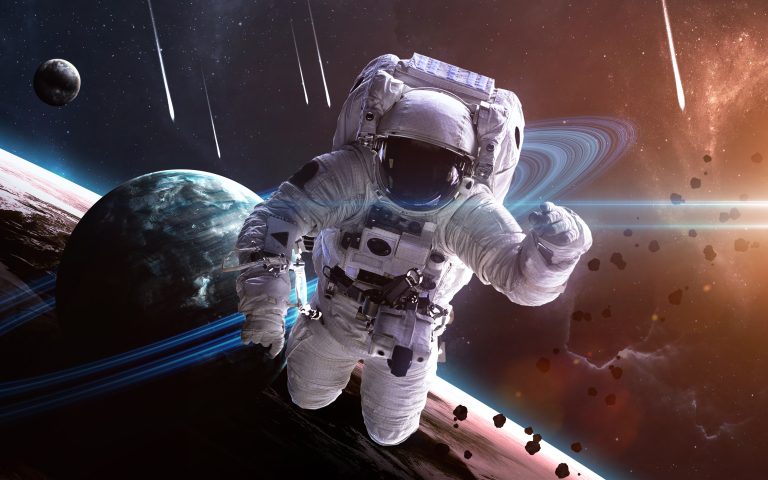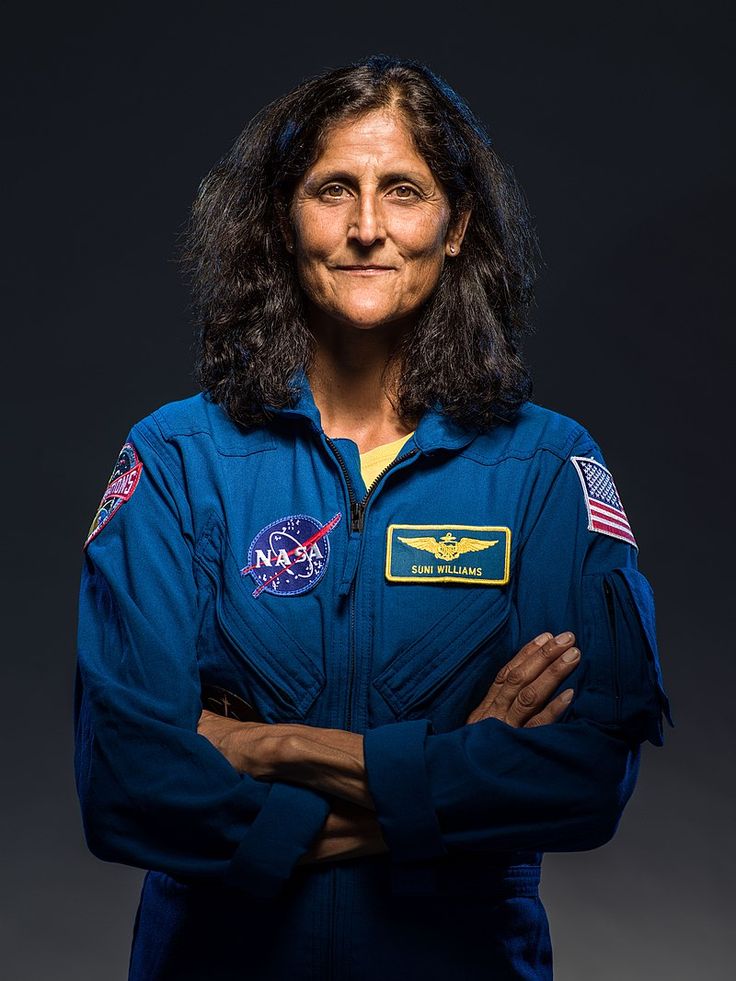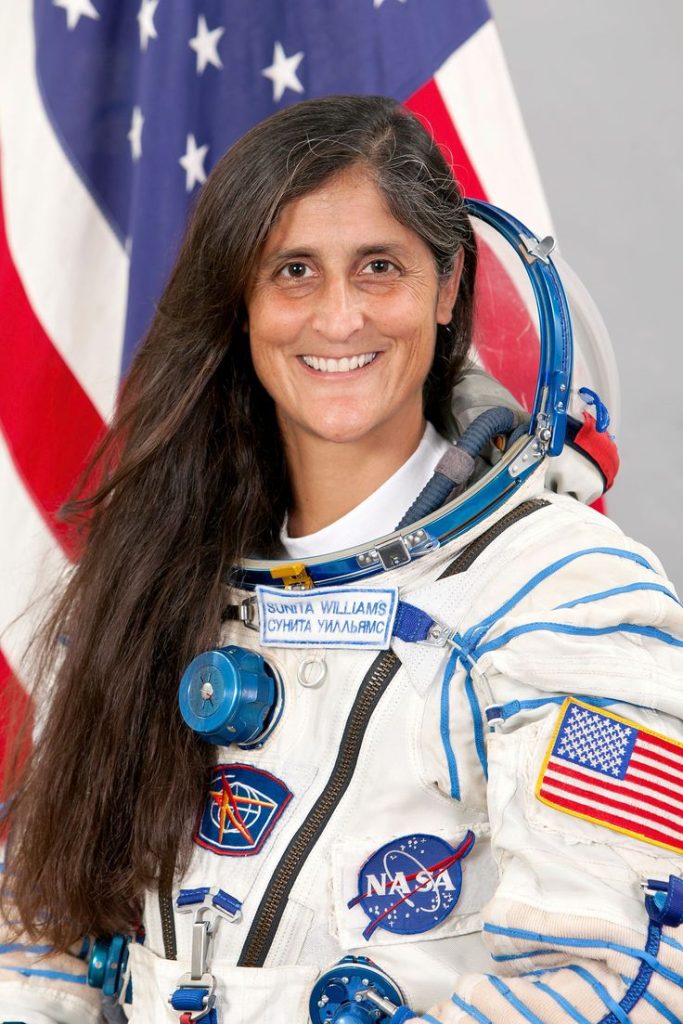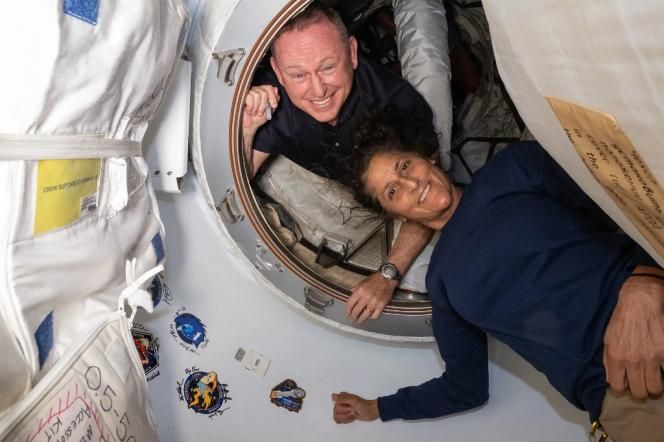If Someone Dies in Space, What Happens Next? Astronaut Death Procedures Uncovered
Dealing with a death in space requires rapid and well-planned protocols that prioritize crew safety and mission success. In low-Earth orbit, protocols ensure a swift return to Earth, while deep-space missions face far more challenging decisions regarding body preservation and crew safety. The procedures set by agencies such as NASA and insights from institutions like the Baylor College of Medicine emphasize strict guidelines to handle these grim scenarios with care and respect.
Summary
- Space Death Protocols Overview: Provides guidelines on how astronaut deaths are managed in various space environments.
- Low Earth Orbit Procedures: Astronauts on the International Space Station can return bodies to Earth quickly.
- Moon and Mars Missions: Longer mission durations require specialized preservation techniques.
- Extravehicular Risks: Death during a spacewalk or unprotected EVA leads to immediate fatal outcomes.
- Preservation Methods: Use of controlled environments and specialized body bags.
- Crew Health and Safety: The priority remains ensuring that the surviving crew can safely complete the mission.
- Ethical and Logistical Considerations: Procedures extend beyond body management, addressing mental health and grief support.
- Future Protocol Developments: Planning for extraterrestrial colonization involves new challenges in handling loss.
- Historical Context: Learning from past tragedies such as Apollo 1 and the Space Shuttle disasters.
- International Collaboration: Global agencies and private industries are revisiting protocols as space missions become routine.
- Resource Management: Efficient use of limited resources is critical in deep-space missions.
- Technology and Innovation: Advances in technology may soon offer new ways to preserve and transport remains.
- Emotional and Psychological Impact: Preparing crews for the inevitability of loss is a cornerstone of mission planning.

Introduction
Human space exploration has expanded the frontiers of science and adventure, yet it comes with risks that extend even to the possibility of death. Since the early days of space travel, protocols have been established for the rare occasions when tragedy strikes. As missions evolve to include trips to the Moon, Mars, and beyond, the procedures for handling astronaut deaths become even more complicated.
Handling Death in Low Earth Orbit
Astronauts living on the International Space Station operate within a pressurized environment that allows for controlled conditions. If a crew member dies on a mission in low Earth orbit, the priority is the safety of the remaining crew. Protocols involve quickly isolating the body, preserving it using a specially designed bag, and planning for a rapid return to Earth. The crew would not only be responsible for maintaining the health of their remaining members but would also need to arrange the transfer of the body back to Earth. This approach is backed by established protocols from agencies like NASA.
The importance of rapid response in low-orbit is underscored by the need to protect the health and morale of the crew. While preservation is important, the safety of the returning crew is the top priority. This practical approach is a reminder that even in a controlled environment, challenges can arise that require immediate and decisive action.
Death on the Moon and Mars
When considering missions beyond low Earth orbit, particularly to the Moon and Mars, the situation becomes more complicated. A mission to the Moon, for example, offers a few days’ turnaround time for retrieval and preservation of a body, while a Mars mission might last for years. In the latter scenario, returning the body to Earth during the mission is not feasible. Instead, the deceased would be stored in a controlled compartment within the spacecraft.
The steady temperature and regulated humidity of the spacecraft can help preserve the body for an extended period. However, the absence of immediate retrieval raises difficult ethical and logistical questions. Agencies such as NASA and research institutions like Baylor College of Medicine are continuously working on ways to ensure that even in such dire circumstances, dignity and respect are maintained. As one space engineer stated,
The protocols for handling a death on Mars or the Moon are not yet fully formed, as they require further research and development to address the unique challenges of deep-space preservation. This evolving scenario necessitates collaboration among international space agencies, private space companies, and medical experts.
Special Circumstances and EVA Fatalities
In scenarios where an astronaut dies during an extravehicular activity (EVA) or spacewalk without the protection of a spacesuit, the outcome is immediate. The harsh vacuum of space causes bodily fluids to boil and rapid loss of consciousness and life. This sudden event leaves no room for traditional preservation. In such cases, the body’s remains would simply be left in space, as the focus shifts entirely to the safe completion of the mission.
Even with a spacesuit, the inherent risks of spacewalks are ever-present. The technology and protocols in place are continuously reviewed and updated to minimize these hazards, ensuring that crew training and equipment are as reliable as possible.
Table 1: Death Scenarios in Space Environments
| Scenario | Environment | Response Time | Preservation Method |
|---|---|---|---|
| Low Earth Orbit | Pressurized station | Hours | Specialized body bag; isolation |
| Moon Surface | Near-vacuum | Days | Immediate retrieval with return |
| Mars Mission | Deep-space transit | Years (post-mission) | Controlled compartment storage |
| Unprotected EVA | Outer space vacuum | Instantaneous | No preservation possible |
Medical, Ethical, and Logistical Considerations
The aftermath of a death in space extends beyond the physical handling of a body. The mental and emotional impact on the surviving crew, as well as support for the family members on Earth, are critical issues that must be addressed. Space agencies invest in comprehensive mental health programs and grief counseling for astronauts to help them cope with loss during missions.
In addition to care for the living, the procedures are designed to respect the dignity of the deceased. Special considerations are given to preserve the identity of the astronaut while ensuring that the mission’s safety and success are not compromised. The continuous improvement of these protocols is essential as space travel becomes more common.
Table 2: Key Protocols and Challenges in Space Mortality
| Aspect | Challenge | Current Practice/Proposal |
|---|---|---|
| Body Preservation | Maintaining controlled environment | Specialized storage compartments |
| Rapid Return in LEO | Crew safety and mission integrity | Quick return capsules |
| Extended Missions | Long-duration preservation on Mars/Moon | Controlled compartment with life support |
| EVA Fatalities | Immediate fatality; no preservation | Focus on prevention and safety measures |
| Mental Health Support | Grieving process for crew and families | Integrated psychological support programs |
Looking ahead, as space missions become more frequent and ambitious, protocols surrounding astronaut deaths will need to evolve. Future missions to Mars and even beyond our solar system will likely require more advanced preservation and retrieval methods, innovations in life support systems, and perhaps even robotic assistance in handling fatalities.
The ongoing research into space medicine at institutions like Baylor College of Medicine and collaborative projects by NASA serve as a beacon for these upcoming challenges. With commercial spaceflight expanding the horizon, companies and agencies are working to integrate these complex protocols into every mission plan. The goal remains to honor the legacy of those who risk their lives in pursuit of exploration while ensuring that the living continue to venture safely into the cosmos.
Facts
- Space is vast and unpredictable: Every mission has its unique set of challenges.
- Astronaut training includes crisis management: Preparing for emergencies is a core part of the training.
- Robust technology supports missions: Innovations continue to improve safety and protocols.
- International partnerships are common: Global collaborations boost mission success.
- Emotional health is prioritized: Mental support is as crucial as technical preparedness.
References
- When Will the First Baby Be Born in Space?
- Mars is Littered with 15,694 Pounds of Human Trash
- Could People Breathe the Air on Mars?
- Baylor College of Medicine
- US Perspective on Space Procedures
- Colonizing Mars and Contaminating the Planet
- Space Video Explanation
- Overview of Mars – NASA
- Lunar Atmosphere Insights – NASA
- Human Body Without a Spacesuit – Live Science
- DOI: Advanced Mortality Studies
- How Long Does it Take to Get to Mars?
- Mortality in Human Spaceflight – NASA Report
- International Space Station – NASA
- Translational Research at Baylor – BCM
- Emmanuel Urquieta’s Profile
- Advancing Technologies for Mars Missions – NASA
- Artemis III Mission – NASA
- 55 Years Ago: Tragedy on the Launch Pad – NASA
- Columbia Space Shuttle Disaster Anniversary – NPR
- Remembering Challenger and Her Crew – NASA







